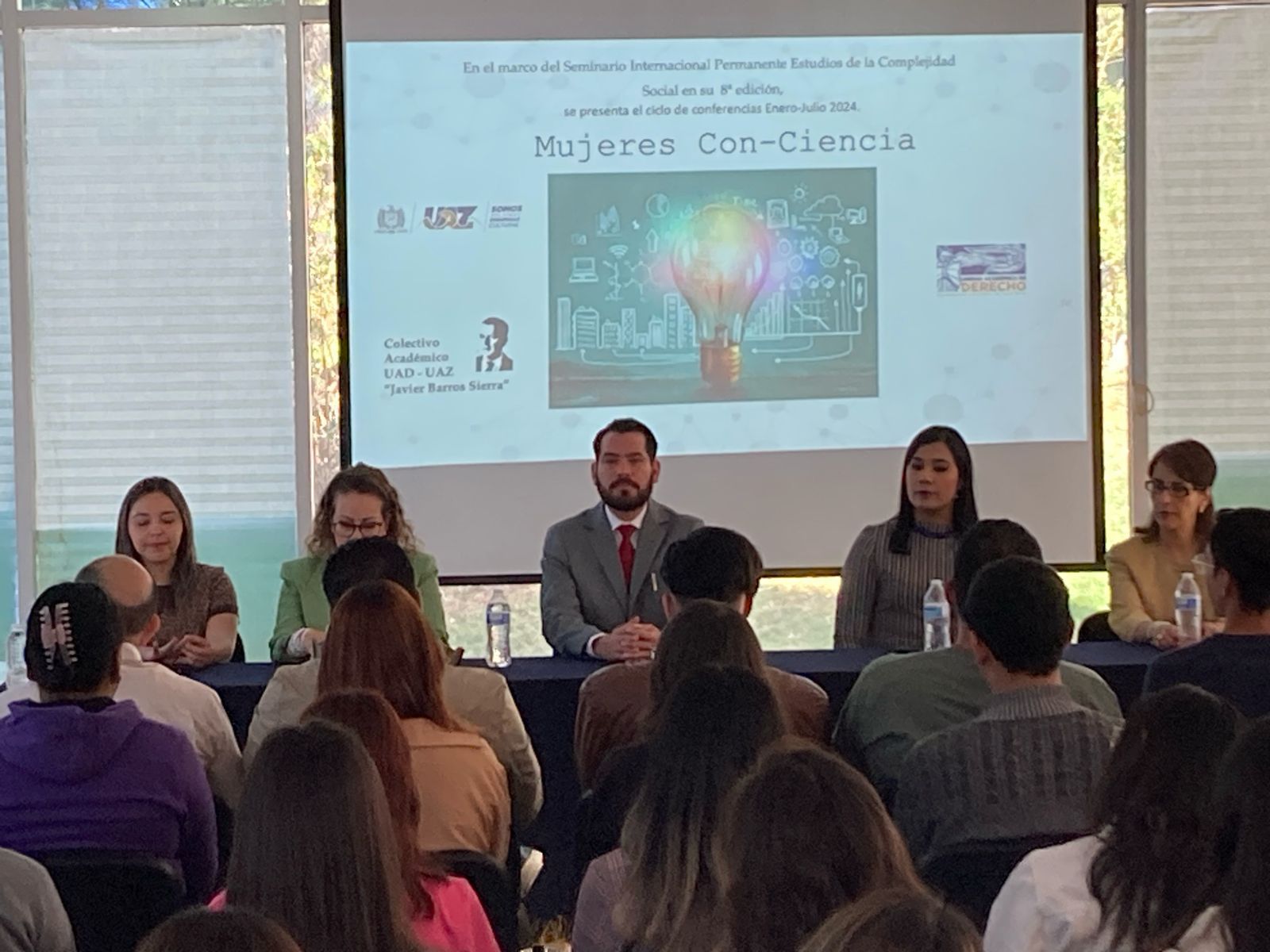Madrid, 28 (Europe Press)
Quaoar has a diameter of more than 1,000 kilometers, and is a dwarf planet candidate. TNOs, like Quaoar, are largely intact fossils from the formation of the solar system. Therefore, cataloging its physical properties is essential to understanding how the solar system formed and evolved to the present day.
The discovery of the second ring comes just two months after Quaoar’s first ring was revealed by the same team, indicating that the object’s trans-Neptunian system is more complex than previously thought, containing a much more inner second ring than previously revealed.
Both discoveries were made using the stellar occultation technique, when an object from the solar system passes in front of a star and blocks its light for a few moments.
The discovery of the second Quaoar ring was published in the journal Astronomy & Astrophysics Letters on April 28. The lead author of the study is Chrystian Luciano Pereira, a PhD student at the National Observatory of Brazil.
Unlike the rings observed on Chariklo, Haumea, and the four giant planets, Quawar’s rings lie in an unexpected region, well beyond the body’s Roche limit (for Quawar, this limit is estimated to be 1,780 km from the center of the body).
The Roche limit is a region where the tidal forces of the central body are in equilibrium with the mutual attraction of the particles that form a ring, thus avoiding the accumulation of these particles in the satellites.
In other words, it is an “imaginary line” that defines the minimum distance one object can come close to another before it is pulled apart by the force of gravity. When an object is within the Roche boundary, it is expected to break apart and form a ring around the central object. On the other hand, if it exceeds this limit, as is the case with Quaoar’s rings, the fragments would be expected to come together and form a satellite, rather than a ring as is the case.
From the observational data for the first loop (Q1R), the researchers were able to detect the second loop (Q2R), which is actually closer to TNO. Q2R is about 10 km wide, and although it is close to Quaoar, it is also outside Roche’s boundary, orbiting about 2,520 km from the center of the body.
To find out more about Quaoar and its curious ring, the team organized an observation campaign for a stellar disappearance observed on August 9, 2022, involving amateur and professional telescopes, such as the Gemini North Telescope and the Canada-France-Hawaii Telescope (CFHT), 8.1 and 3.6 meters in diameter, respectively.
The high performance of the instruments connected to the Gemini North and CFHT telescopes, the Alopeke and WIRcam cameras, respectively, together with their location atop Mauna Kea, in Hawaii, made it possible to obtain illumination curves of excellent quality.

:quality(70)/cloudfront-us-east-1.images.arcpublishing.com/metroworldnews/7UCH7CNZL5HFZEONIDOEPLOJ4Y.jpg)



